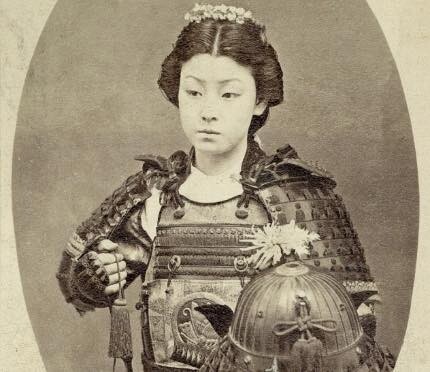James Barrett on Nostr: "Female 'Samurai' While 'samurai' is a strictly masculine term, the Japanese bushi ...
"Female 'Samurai'
While 'samurai' is a strictly masculine term, the Japanese bushi class (the social class samurai came from) did feature women who received similar training in martial arts and strategy. These women were called “Onna-Bugeisha,” and they were known to participate in combat along with their male counterparts. Their weapon of choice was usually the naginata, a spear with a curved, sword-like blade that was versatile, yet relatively light.
Since historical texts offer relatively few accounts of these female warriors (the traditional role of a Japanese noblewoman was more of a homemaker), we used to assume they were just a tiny minority. However, recent research indicates that Japanese women participated in battles quite a lot more often than history books admit. When remains from the site of the Battle of Senbon Matsubaru in 1580 were DNA-tested, 35 out of 105 bodies were female. Research on other sites has yielded similar results."

While 'samurai' is a strictly masculine term, the Japanese bushi class (the social class samurai came from) did feature women who received similar training in martial arts and strategy. These women were called “Onna-Bugeisha,” and they were known to participate in combat along with their male counterparts. Their weapon of choice was usually the naginata, a spear with a curved, sword-like blade that was versatile, yet relatively light.
Since historical texts offer relatively few accounts of these female warriors (the traditional role of a Japanese noblewoman was more of a homemaker), we used to assume they were just a tiny minority. However, recent research indicates that Japanese women participated in battles quite a lot more often than history books admit. When remains from the site of the Battle of Senbon Matsubaru in 1580 were DNA-tested, 35 out of 105 bodies were female. Research on other sites has yielded similar results."
